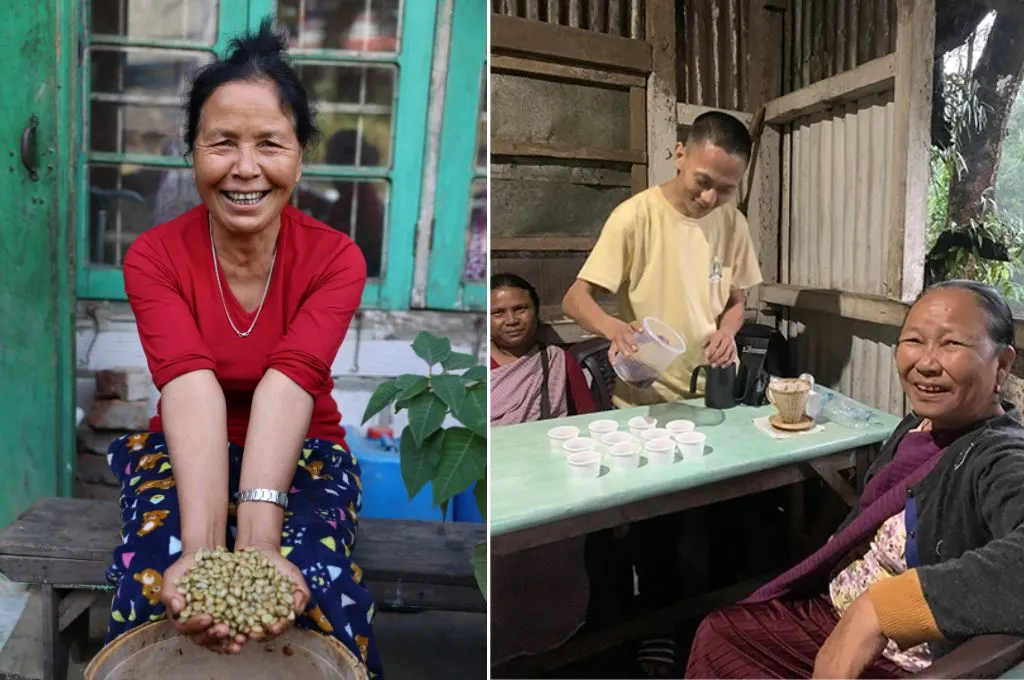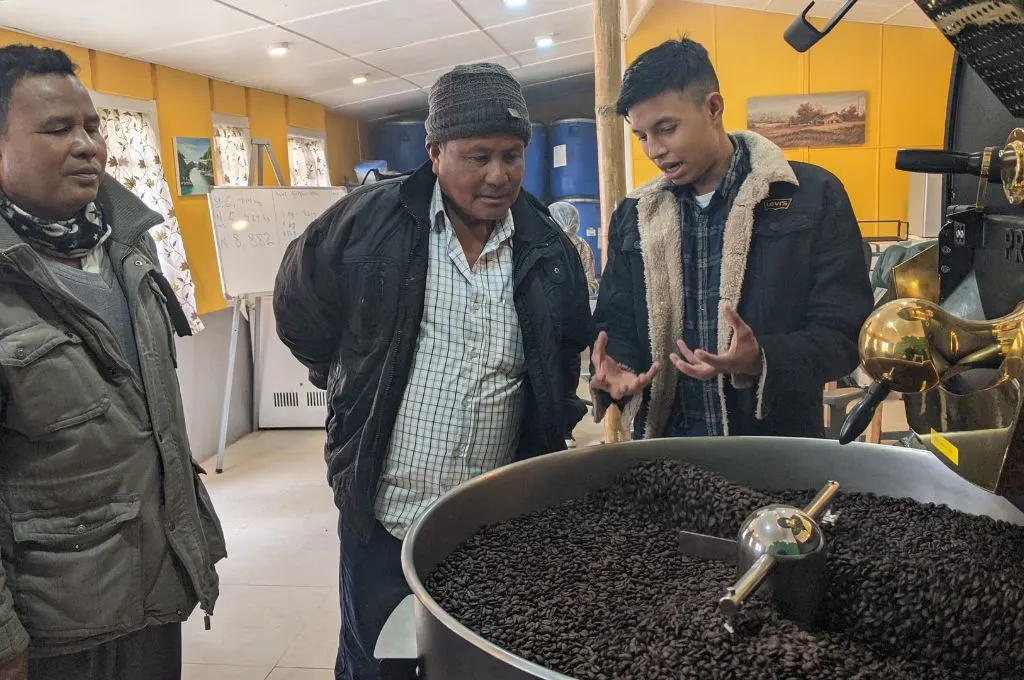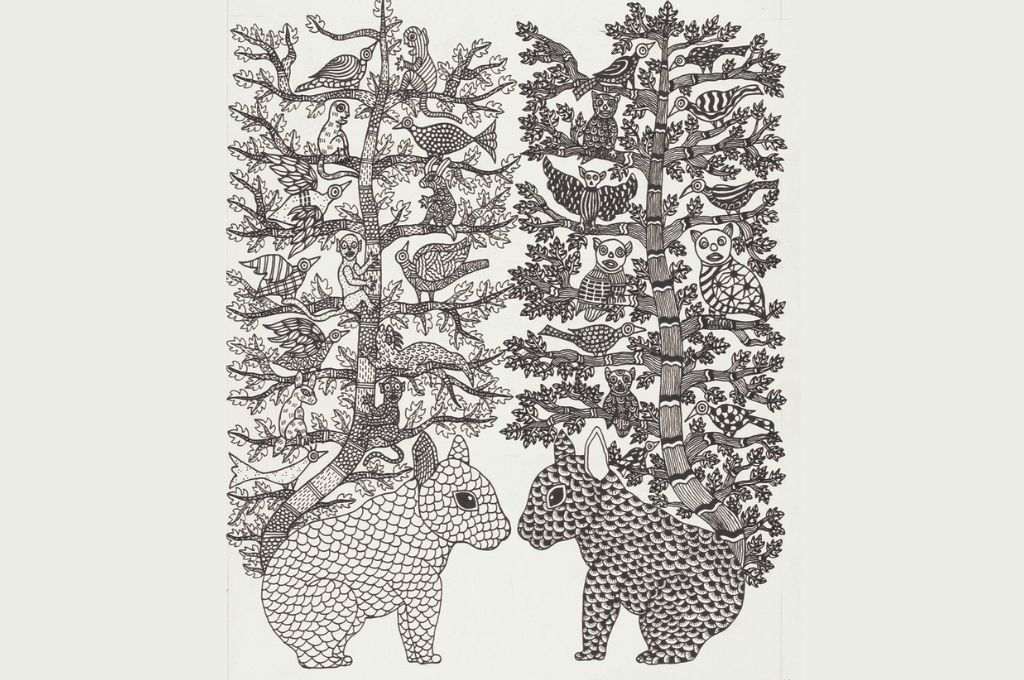Running an online business from the northeastern states of India is a unique experience. In 2018, when I started working as a marketing associate at Zizira (a now-defunct local herbs and spices start-up in Meghalaya), the rest of India knew very little about Meghalaya’s existence and our culture. Building a product, gaining people’s trust, and convincing them to buy online was a formidable task.
Things have changed over the years. Now, there is more cultural awareness, and the social media marketing landscape has also undergone a sea change. As marketers, we have had to try new things, learn from our mistakes, and adapt quickly. Now, I have worked with Zizira, Chicken Wagon (Zizira’s food truck business), and 7000 Steps (a coffee start-up where I am currently employed). The diverse nature of these businesses demanded distinct selling strategies. Here is what I have learned from designing campaigns and social media strategies for brands in Meghalaya.
Choose real people over sophisticated imagery
In 2018, fresh out of college, I started working with Zizira, a herbs and spices company that aimed to bring the flavours of Meghalaya to wider markets. In our initial days, our focus was not on using social media to drive sales. We were selling on platforms such as Amazon and a few smaller marketplaces, with perhaps one or two orders trickling in each day. We were on Instagram and Facebook, where we posted heavily edited images. Our posts were polished, but they didn’t really establish our identity.


It was all new. We continued like this for one and a half years. Then we realised that, even locally, there was little awareness about our spices and how they could be used in different ways. To bridge this gap, we started Chicken Wagon, a food truck for fast food. Every Saturday, we served crispy chicken, fries seasoned with our own spices, and pickles. The truck became our laboratory. Customers could taste, instantly give feedback, and even take something home. It was the first time I saw how a direct connection with people can shape what we created. We made a separate page for Chicken Wagon because we wanted to keep a distinct messaging tone for our local customers. Our team members and customers were featured on Chicken Wagon’s social media pages. We captured what they wanted to say about the food and their experience in local languages and with mobile cameras. This allowed for unfiltered authenticity.
The food truck’s popularity and tangible connection boosted Zizira’s social media presence too. We realised we had to implement our lessons from Chicken Wagon and adapt them for non-local customers.
Along with featuring our farmers speaking in their own languages about the produce, we included English subtitles to reach a wider audience.
Our spices and herbs were premium products, and customer trust was low. I remember hearing, “Why should I pay so much for something from Meghalaya?” That’s when we started focusing our efforts on storytelling that resonated with the external audience. Along with featuring our farmers speaking in their own languages about the produce, we included English subtitles to reach a wider audience. Furthermore, we put up reels on the process of harvesting, videos with community elders sharing traditional remedies that use local spices, and recipes made with Zizira ingredients.
Ideas are found in the field, not just on the feed
In 2022, Zizira closed its operations. Along with the founder and most of the team, I moved on to 7000 Steps. The idea of 7000 Steps emerged from one of the many hikes our team undertook during our time at Zizira. For us, these field trips were a window into the spice and herb farms in the remote parts of Meghalaya. The marketing team could meet directly with the farmers who were growing the produce. This would give them first-hand stories and insights about the products we wanted to sell. Marketers often receive third-hand information, which keeps them at a distance from the storytellers.

During these visits, we discovered that there were far-off villages in the state where coffee was being grown. We decided to create the entire identity of 7000 Steps around the idea that you had to walk a lot—some 7,000 steps—to find our coffee. We branded it as wild, adventurous, and strong.

Choose your core messaging carefully
Our social media pages highlight the hikes and sourcing trips, which are well received by our audience, but we had to drop the previously crafted wild coffee narrative. While people had engaged with the idea of the exotic ‘coffee grown in the wild’, they were hesitant to buy it due to apprehensions about its taste.
We had to shift our focus towards branding it as a coffee from the northeastern states, and then narrow it down to technical details such as the elevation at which it is grown and how it is cultivated. Since we were interacting with coffee enthusiasts, we also started mentioning the tasting notes of the coffee.

It was important for us to differentiate the coffee from the varieties found in other parts of India. However, we were also careful to avoid calling it better than anything else because there is no ‘best’ coffee; it is all subjective.
Each platform needs its own strategy
We have tailored social media strategies for each platform because of the distinct nature of audiences, people’s perceptions, and algorithms.
1. Instagram is for making organic connections
Since 7000 Steps is primarily a business-to-business (B2B) start-up with a small team, we don’t post regularly on Instagram. We run ads on both Instagram and Facebook that are targeted at cafes. We are more focused on building a community here.
We like and comment on the posts of our competitors and cafes, but we don’t ask them to follow us. We might comment under a competitor’s post saying, “What you have looks very interesting, and we would love to try a sample.”
Competitors have sent us samples that we have tried, and we have commented on their posts saying how much we loved them and why. We do the same with cafes. When they post about a new coffee or about their barista, we leave a comment. Often, these interactions lead to business leads and even organic followers. These pages become our followers too. When we post something informative, they also comment.
While we haven’t invested significantly in influencer marketing, we have engaged with local micro-influencers. This is because these smaller influencers often have a more direct connection with their followers. We don’t pay them, but we send them our coffee and ask them to post about it if they like it.
2. LinkedIn (coupled with ChatGPT) is for personalised marketing
At 7000 Steps, we have used LinkedIn differently from how we used it at Zizira, where the focus was on business-to-consumer (B2C) sales through Facebook and Instagram and constantly optimising for keywords.
Instead of posting through the company page, which is seen as promotional, we post through our team’s personal profiles. All our 10 team members post from their own accounts and tag 7000 Steps’ page.
We ensure that the posts don’t sound like sales pitches. Each person writes in their own unique voice about the culture in the Northeast, their experience of working at the company, what they think about coffee, and more.

Not all of us are writers invested in learning about the structure, hook, and call to action (CTA). To solve for this, we have created a custom GPT under ChatGPT for each team member in their voice. They just need to think about the topic and the story that they want to share, draft their thoughts, and use ChatGPT to generate the hook, body, and CTA. Once they’ve put this together, I review the language and tone of the post before it is published. We also encourage our partner roasters and baristas to post on their pages. One of our roasters is also a barista. When she posts, other baristas respond. For example, they say, “What is northeastern coffee? I have never heard of it.” They are connecting with that individual, not with our brand. But many of them have become 7000 Steps’ followers too. We are now generating approximately 10 good leads a month; some of them continue to engage with us, others start buying from us.
Keep reinventing the brand
Our long-term goal is to make 7000 Steps the gateway to Northeast Indian coffee. Currently there are many coffee brands in different states, but they are marketed as a Meghalayan brand, a brand from Nagaland, and so on. We want to be the company that buys from different states and sells under one umbrella. We currently source coffee from all the northeastern states except Sikkim where production is very low.
Being in Meghalaya, we don’t have the advantage of metropolitan coffee brands that are more visible to customers.
These states are not just diverse in language and culture, but also in climate, which allows distinct flavour profiles to emerge. Unlike in many other parts of India, the Northeast doesn’t have large coffee estates. The coffee is grown on small estates and is therefore shaped by unique microclimates that change from district to district. This diversity can be a selling point for us. So too can the rarity of sourcing small quantities of coffee from remote, hilly terrains.
Being in Meghalaya, we don’t have the advantage of metropolitan coffee brands that are more visible to customers and accessible in less than 10 minutes on delivery apps. But these brands have their own challenge of competing in a saturated market. Our strength is our identity. Therefore, to all start-ups in the Northeast, I say: Embrace your roots and build your product around your cultural identity. Understand what it means to be selling a product from the northeastern region or from your state. Then, go ahead and build your narrative. Algorithms and trends will come and go. You will stay relevant if you know how to truthfully keep telling your story.
As told to Samme Massar, IDR Northeast fellow 2025–26.
—
Know more
- Here’s how farmers can leverage social media to reach their customers.
- Read why brands invest in field marketing to understand their consumers.
- Learn how to build a social media strategy for nonprofits.
Do more
- Connect with the author at biphajong345@gmail.com to learn more about and support their work.




